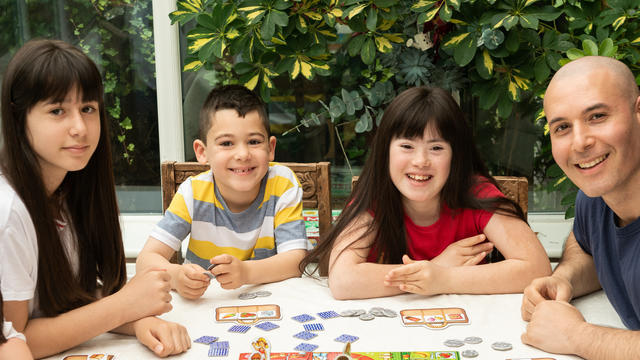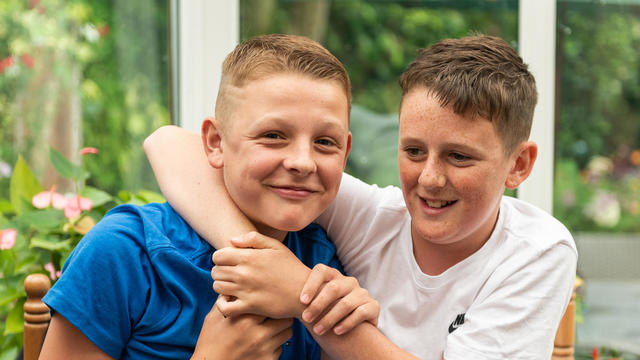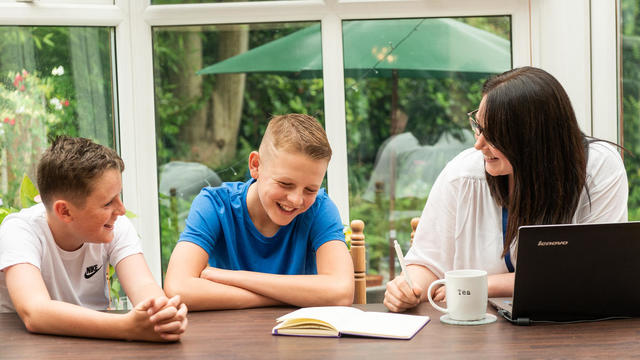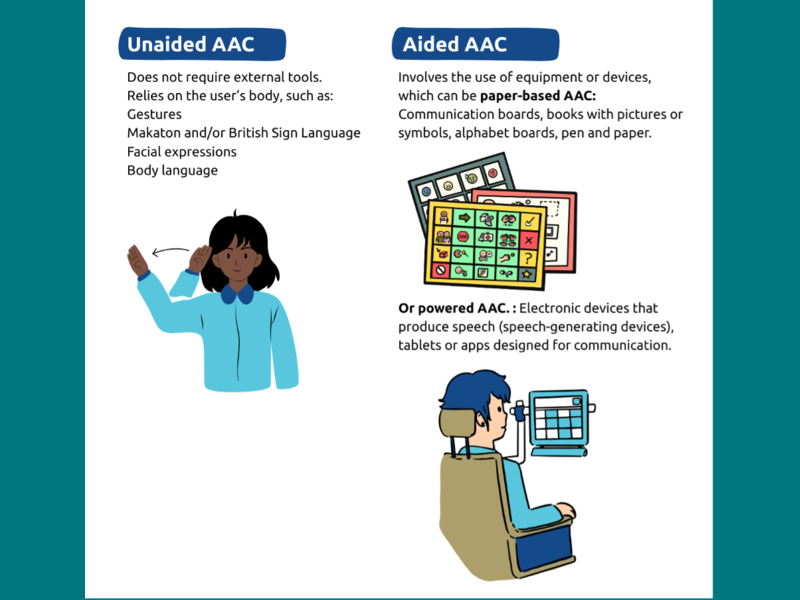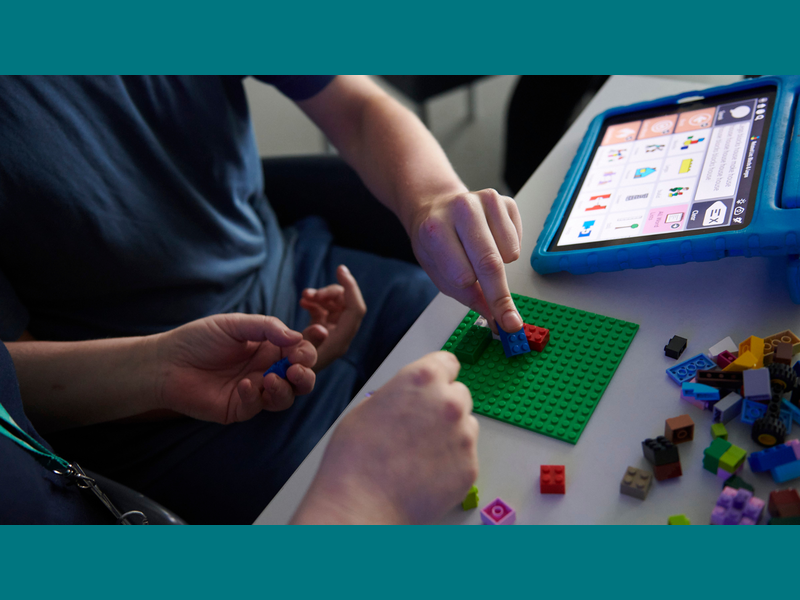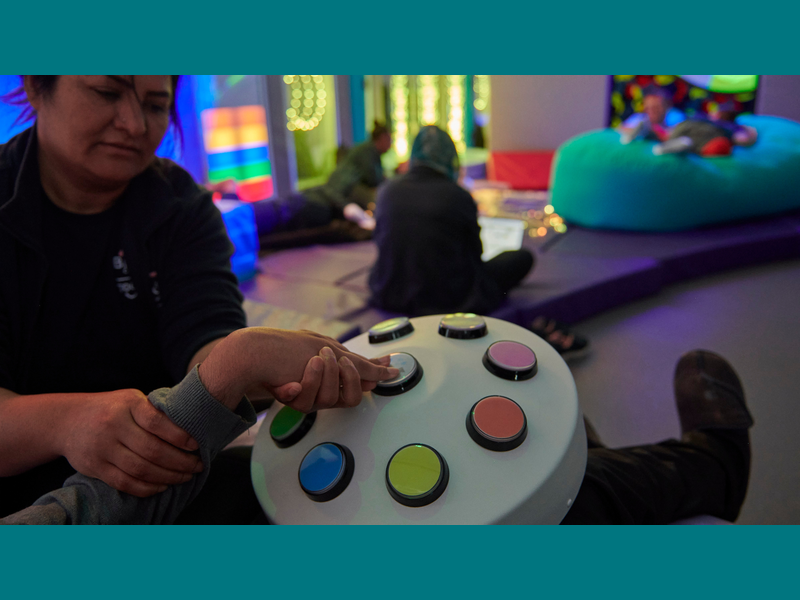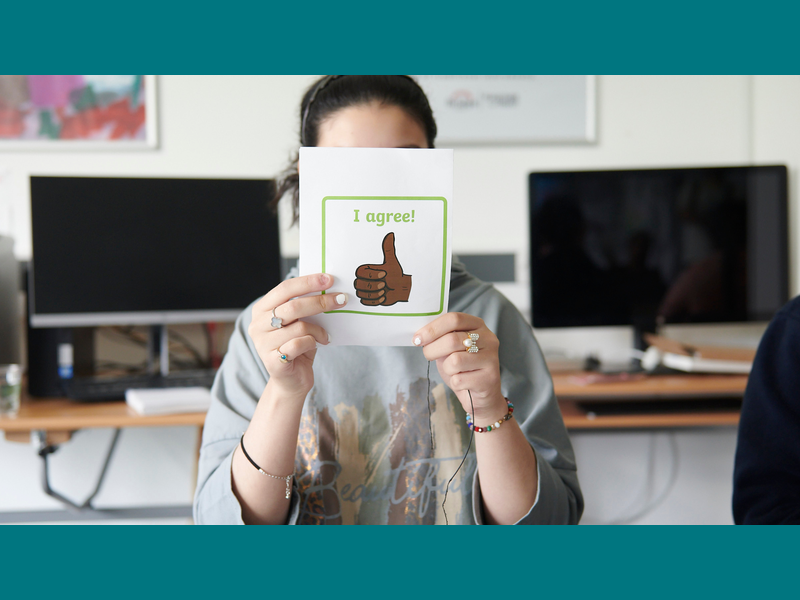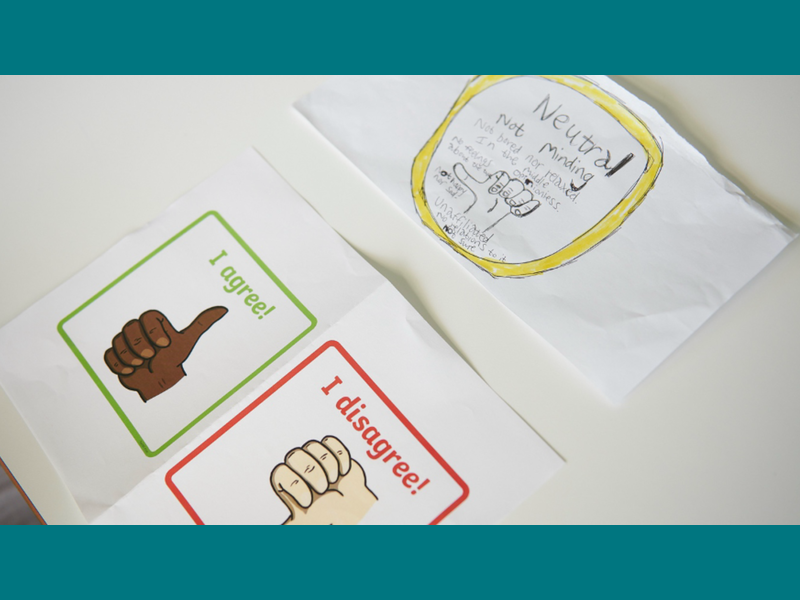Supporting Communication at Bridge College: A Spotlight on Our SaLT Team
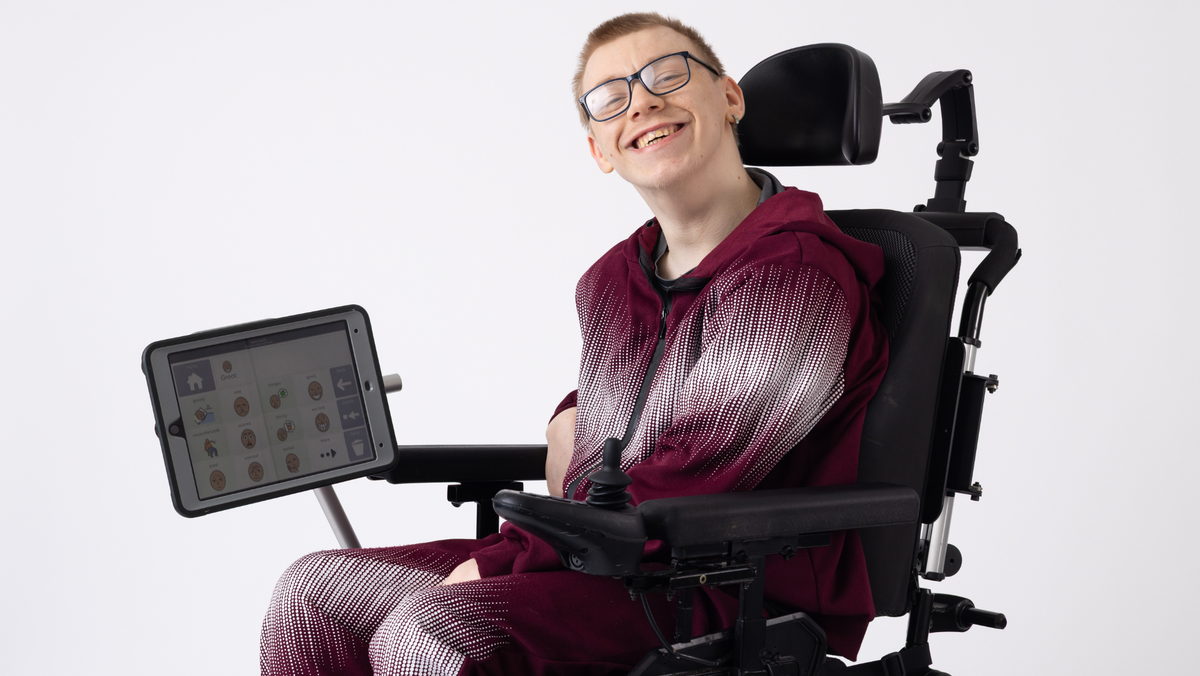
At Bridge College, our Speech and Language Therapy (SaLT) Team is committed to helping students develop their speech, language, and communication skills. This support empowers students to become more independent and actively engage in everyday life.
We embrace a total communication approach, recognising and valuing all forms of communication. Effective communication is essential for personal development, learning, and building relationships. By nurturing each student’s ability to express themselves, we help them grow in confidence and connect more meaningfully with the world around them.
We understand how transformative the right communication support can be, and we’re excited to share the incredible work happening at Bridge College. We invited our SaLT team to answer some key questions about their work and its impact on students and their families.
How do students communicate at Bridge College?
Bridge College uses Augmentative and Alternative Communication (AAC) to promote independence and reduce frustration caused by communication barriers. AAC supports language development, social interaction, and improves quality of life by enabling students to participate more fully in college life.
There are two types of AAC: Unaided and Aided.
Our students use a wide variety of communication methods, including:
- Gestures
- Facial expressions
- Body movements and language
- Vocalisations
- Speech
- Makaton signing
- Communication books
- Communication devices
Makaton is a sign and symbol system that supports spoken language. Signs are used alongside speech, following the order of spoken words.
Vocalisations refer to sounds or noises that aren’t recognisable as speech but still serve a communicative purpose—such as gaining attention or expressing refusal.
Communication books are paper-based tools that support interaction. These can range from a few symbols per page to up to 40 symbols across a two-page spread. At Bridge College, we create Pragmatic Organisation Dynamic Display (PODD) books and bespoke versions tailored to individual student needs.
Communication devices are electronic tools with specialised software that support communication. These devices can be accessed in various ways, including direct touch, joysticks, or eye-gaze technology.
For students whose communication is more subtle, such as through facial expressions or body movements, strong, trusting relationships with staff are key to understanding and supporting their needs.
We also use Intensive Interaction, a person-centred approach that focuses on building positive relationships and enhancing communication through shared experiences.
What happens when a student starts at Bridge College?
Before a student joins Bridge College, the SaLT team is involved in the admissions process. We gather information about the student’s communication needs and create a communication passport to help staff prepare for their arrival and provide immediate support.
During the first 6 to 12 weeks, we conduct a baseline assessment. This includes:
- Observations during sessions
- One-to-one assessments
- Discussions with students (where appropriate) about their understanding of speech therapy and personal goals
The aim is to identify each student’s communication strengths, any barriers to learning, and the level of support needed from the SaLT team.
After the baseline period, communication goals are set in collaboration with tutors and reviewed each term. Support from the SaLT team may include:
- Further assessments
- Participation in communication groups
- One-to-one sessions
- Creation and implementation of communication books
- Development of communication resources
- Trials of communication devices
Surprisingly, many students aged 16 to 21 arrive without a robust communication system in place.
Real Stories from Bridge College
ZQ’s Journey
ZQ arrived at college using facial expressions, gestures, and vocalisations. After a successful trial, he received a communication device through funding. With support, he now uses the device to ask for staff by name, eliminating guesswork and improving clarity. Recently, he was able to tell staff he had a headache and wanted to see the college nurse, something he couldn’t have communicated before.
OS’s Progress
OS joined Bridge College this year without any communication resources. He was quickly identified as a candidate for a communication book. He now independently turns pages to find familiar symbols and make requests, such as asking to go on the swing, go outside, or get a drink. Before this, staff often struggled to understand his needs.
October is AAC Awareness Month
Throughout October, Bridge College will host events and activities to raise awareness of AAC among staff and students.
There will be opportunities for everyone in college to explore different AAC tools—including eye-gaze equipment, communication devices, books, and other resources—to better understand the experiences of AAC users.
If you have any questions about Bridge College or their speech and language therapy team please email: admin@bridgecollege.ac.uk

